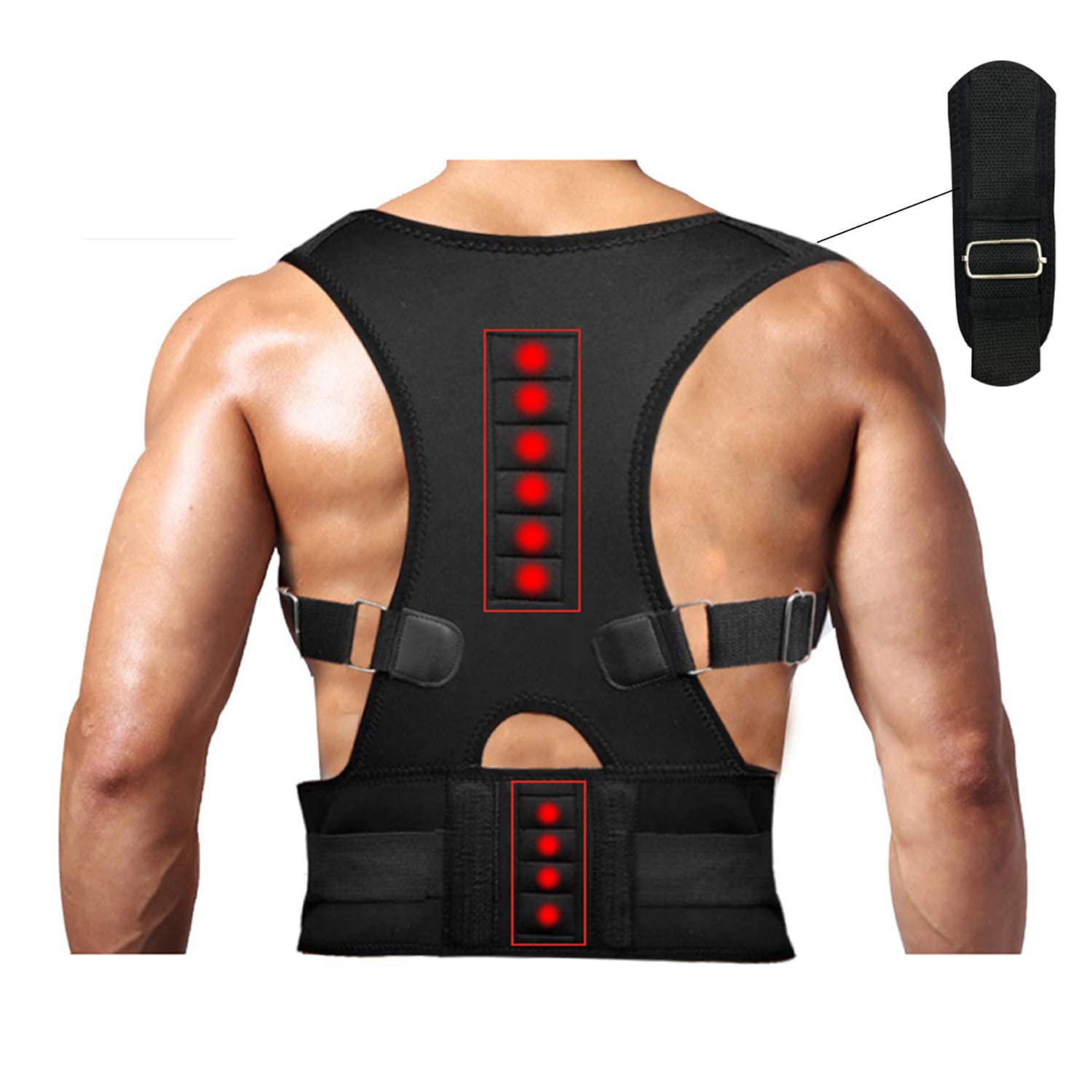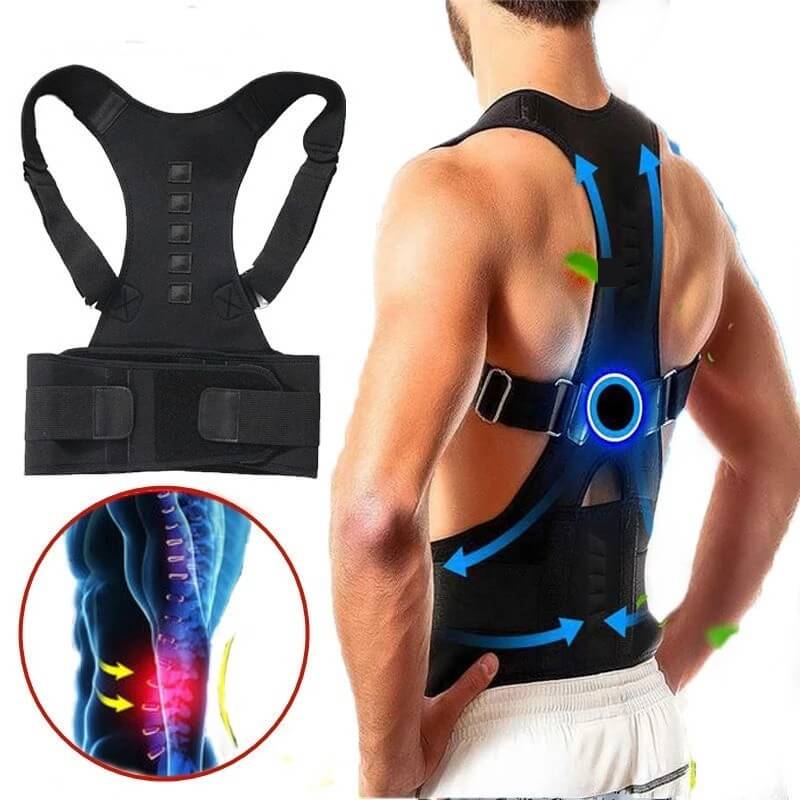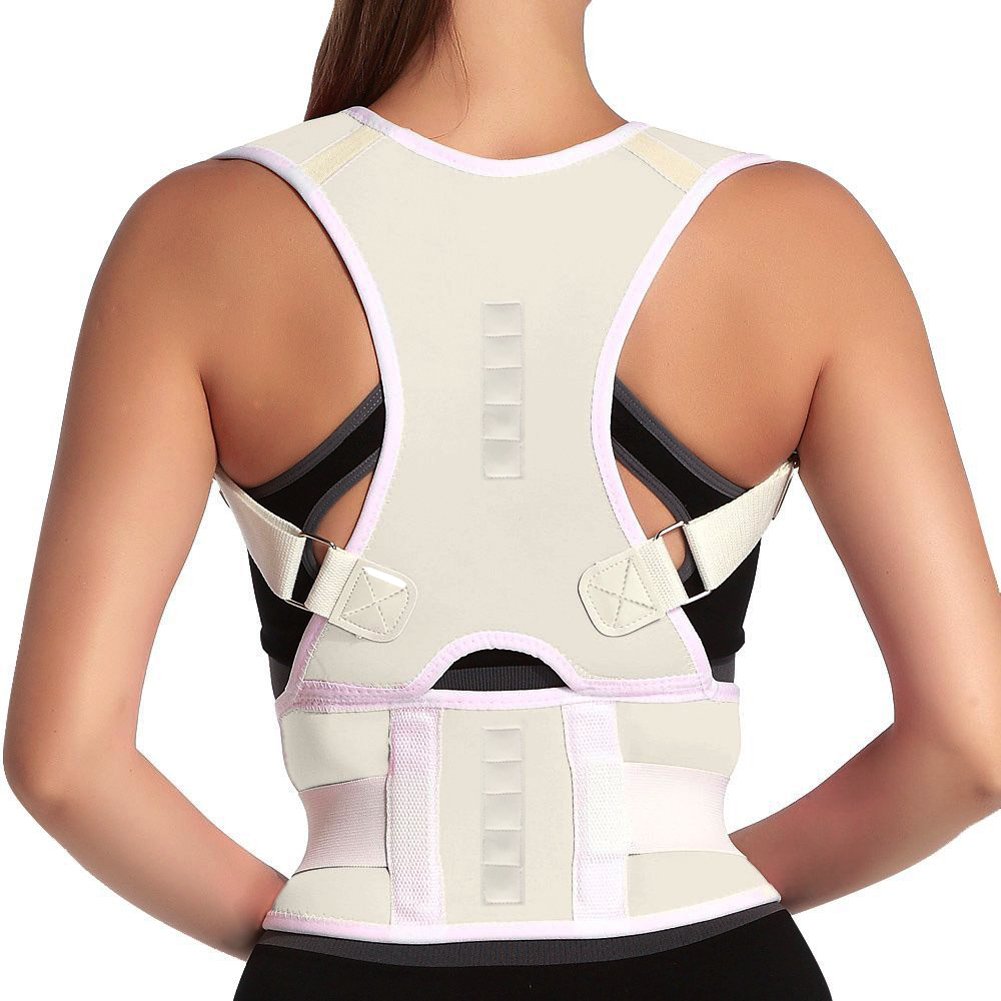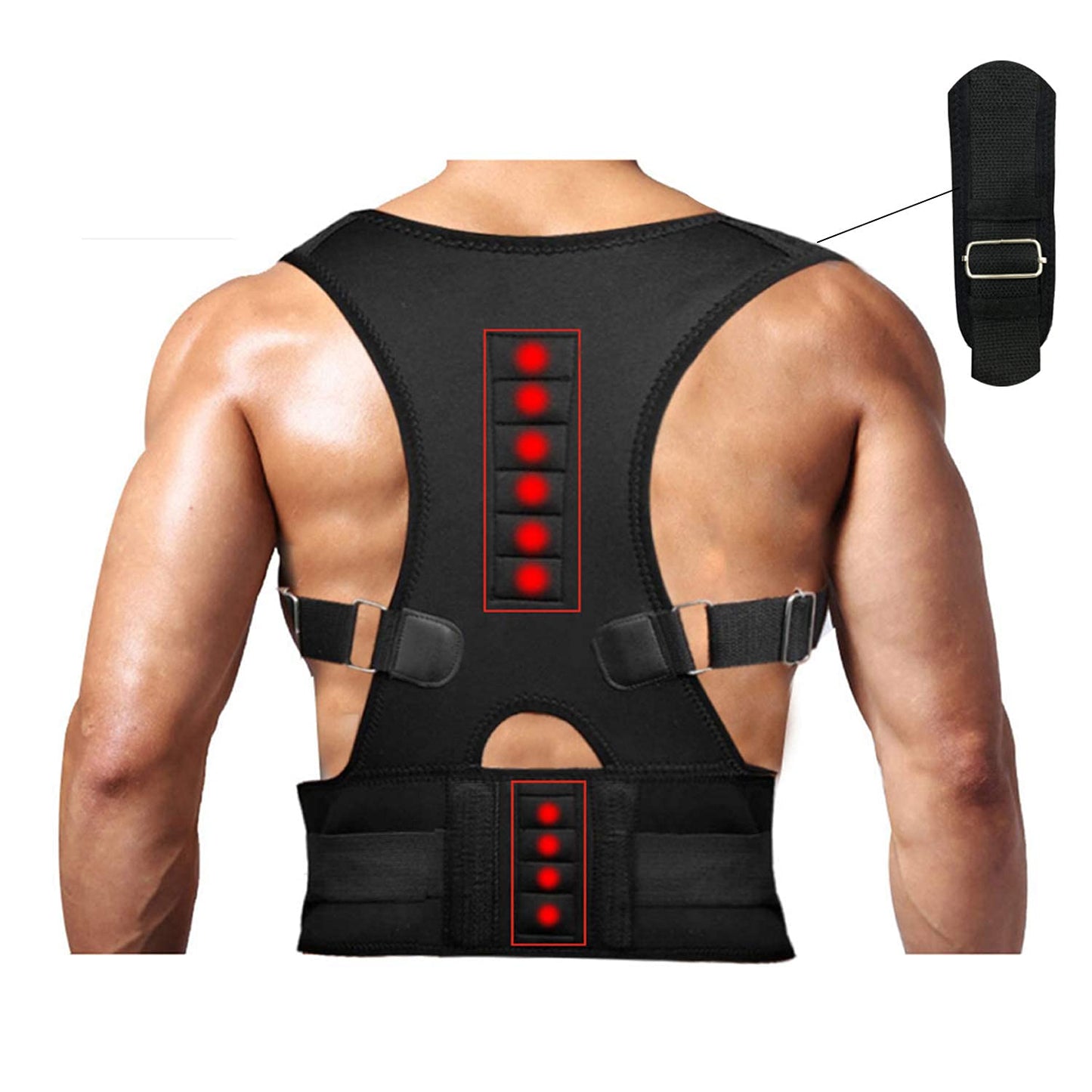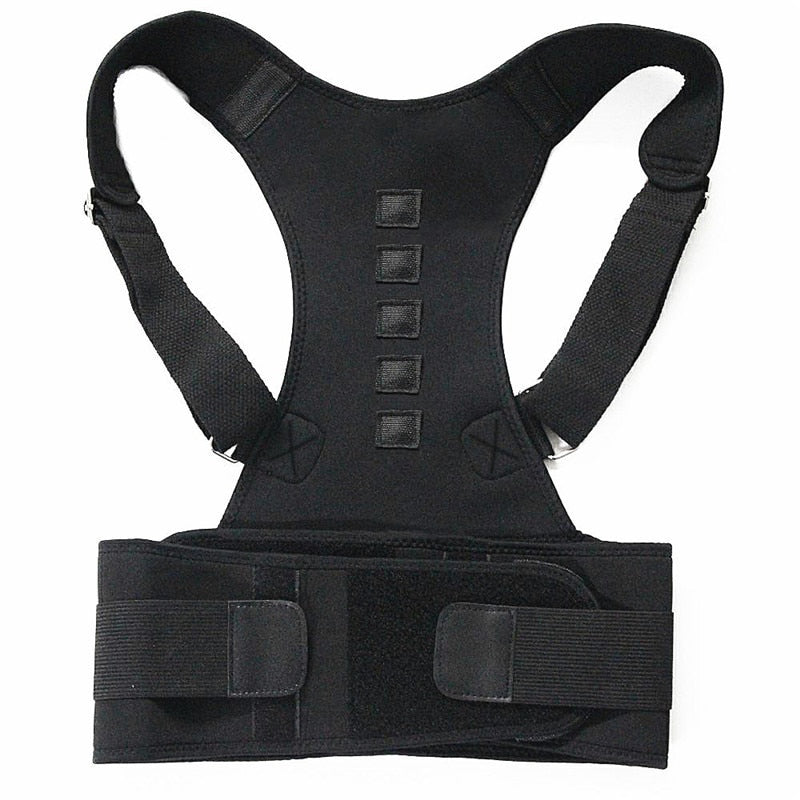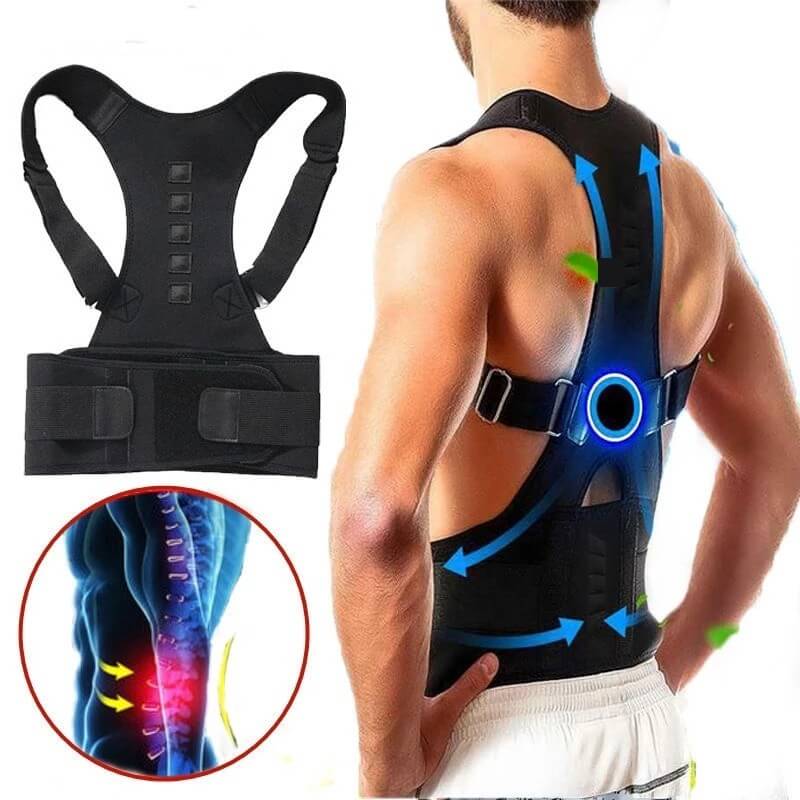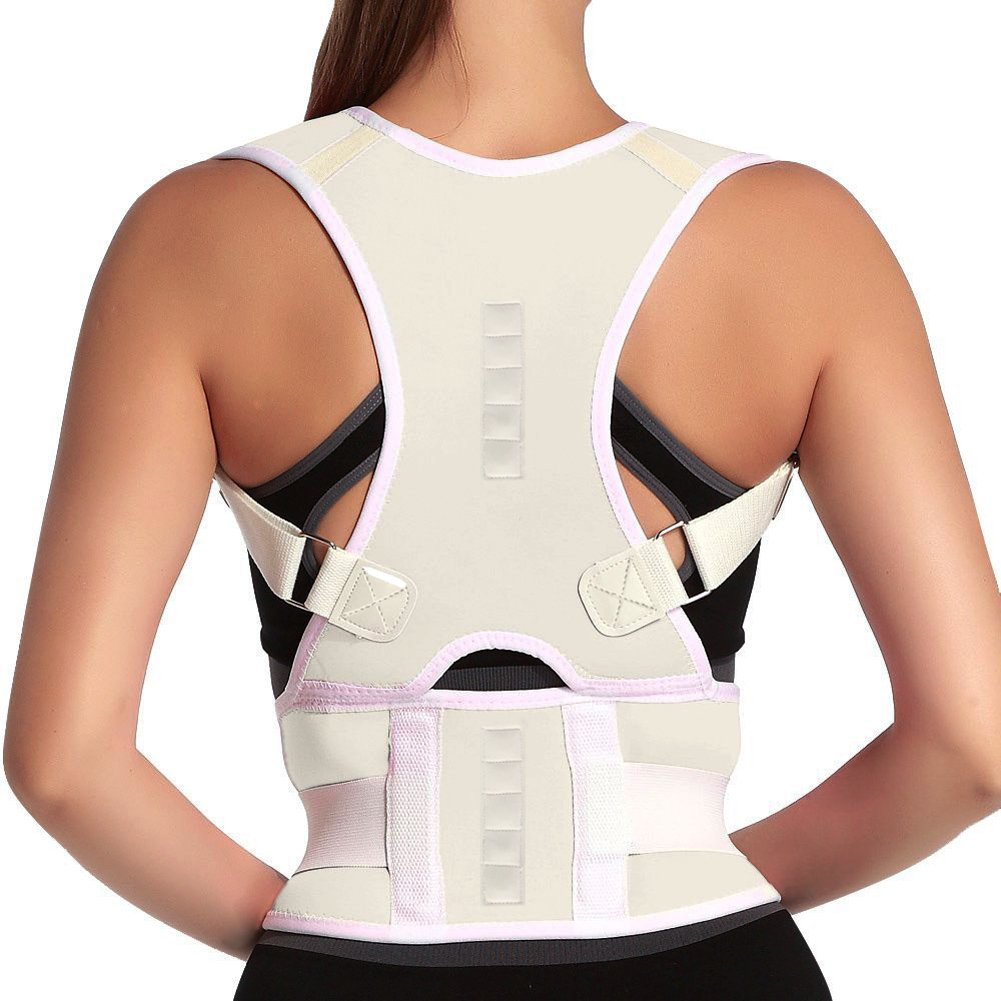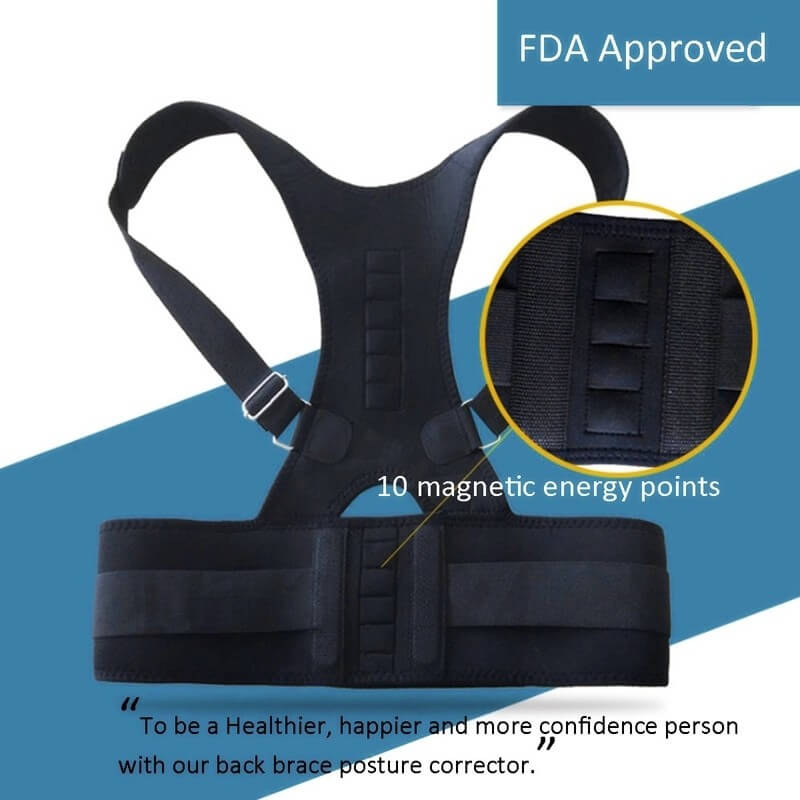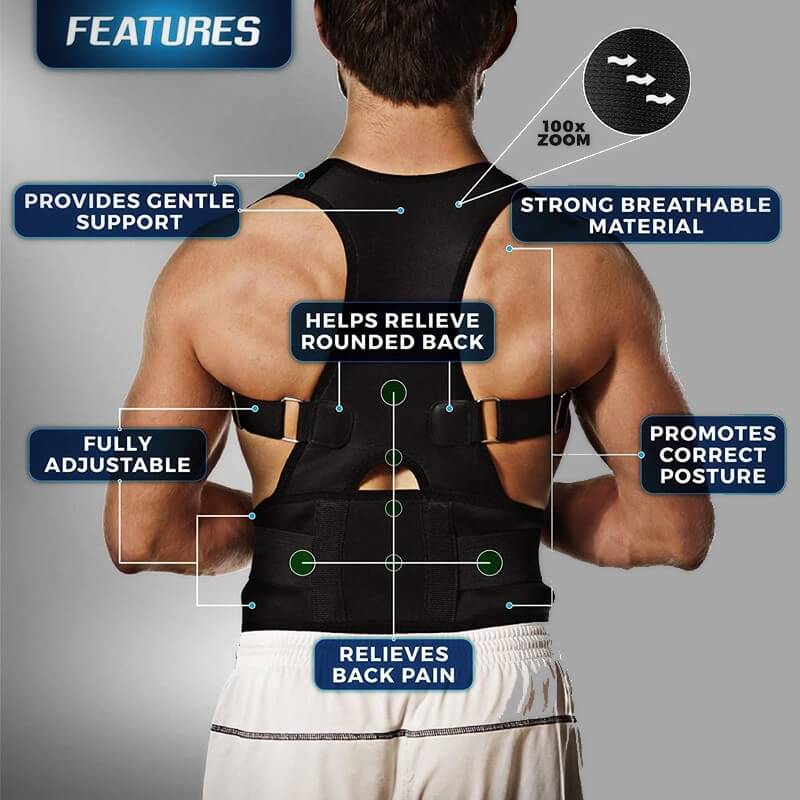In our test, Optimalback's Magnetic Posture Corrector was comfortable & easy to adjust
Good posture is crucial to your health and well-being. However, many people struggle with maintaining good posture, particularly if they sit at a desk for long periods. Posture correctors are a popular solution, but with so many options available, it can be challenging to know which one to choose. In this article, we'll provide a detailed guide on how to choose the best posture corrector for your needs.
Why Good Posture is Important
Before we dive into the details of posture correctors, let's first discuss why good posture is so important. Good posture helps to keep your bones and joints in proper alignment, reducing wear and tear on your joints. It also reduces strain on your muscles and ligaments, preventing fatigue and back pain. Additionally, good posture can improve your breathing, digestion, and circulation, leading to better overall health.

Tested & Approved
All the Posture Correctors are made of hemp fiber for lightweight, all-day comfort, and have strong material that won't irritate your skin. These posture correctors wowed as a cost-effective solution with its simple adjustment and custom fit.
-
Trains muscles to improve posture
-
Fully adjustable
-
Triple strap support
-
May fit short on those with long torsos
-
Straps are too short for some
Types of Posture Correctors
There are several types of posture correctors available on the market, including braces, straps, shirts, and devices that attach to your clothing. Each type has its own benefits and drawbacks, so it's essential to choose the one that best fits your needs. Let's take a closer look at each type.
Material: Hemp fiber | Weight: 9.91 ounces | Adjustable: Yes | Size Range: S-XL
-
Braces
Posture braces are the most common type of posture corrector. They are designed to pull your shoulders back and straighten your spine, preventing slouching. They usually consist of adjustable straps that go over your shoulders and around your midsection. Some braces also have a waistband that provides additional support.

-
Retrains spinal muscles
-
Padded, adjustable straps
-
Built-in lumbar pad for lower back support
-
Buckles on the back may be irritating
-
May not be a great fit on long or short torsos
Material: Hemp fiber | Weight: 9.91 ounces | Adjustable: Yes | Size Range: S-XL
-
Straps
Posture straps are similar to braces, but instead of a full harness, they consist of two adjustable straps that go over your shoulders and cross at your back. They're a good option if you're looking for something that's less bulky than a brace but still provides good support.
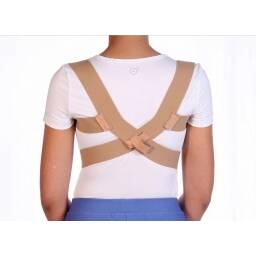
-
Padded straps
-
Six available sizes
-
Can be worn under clothing
-
Not adjustable
-
May stretch over time
-
Runs large
Material: Hemp fiber | Weight: 9.91 ounces | Adjustable: Yes | Size Range: S-XL
-
Bras
Posture bras are a newer type of posture corrector that uses compression to help straighten your spine. They're designed to be worn like a regular bra and can be worn under clothing without anyone noticing. They're a good option if you're looking for something discreet.

-
Padded straps
-
Six available sizes
-
Can be worn under clothing
-
Not adjustable
-
May stretch over time
-
Runs large
Material: Hemp fiber | Weight: 9.91 ounces | Adjustable: Yes | Size Range: S-XL
-
Clothing Attachments
Some posture correctors are designed to attach to your clothing, such as a clip that attaches to the back of your shirt. These are a good option if you're looking for something that's even more discreet than a posture shirt.

-
Built-in movement sensors
-
Smartphone app to track progress
-
Gently vibrates to provide posture feedback
-
Vibration feedback may feel startling to some
-
Have to continue purchasing adhesives for device
Choosing the Right Posture Corrector
Now that we've discussed the different types of posture correctors, let's talk about how to choose the right one for your needs. Here are some factors to consider:
-
Comfort: Make sure the posture corrector is comfortable to wear for extended periods.
-
Fit: Choose a posture corrector that fits your body properly. A poorly fitting posture corrector can cause more harm than good.
-
Level of support: Different posture correctors provide different levels of support. If you have severe posture problems, you may need a brace or strap that provides more support.
-
Price: Posture correctors range in price from under $10 to over $100. Choose one that fits your budget.
Here are the best posture corrector—according to our test.

With over thousand 5 star reviews, this one came on top as the best posture corrector for athletes and professionals to keep you posture erect and safe. The best posture corrector
Conclusion
In conclusion, choosing the right posture corrector is essential for maintaining good posture and preventing pain and discomfort. Consider your needs, budget, and level of support when choosing a posture corrector. With the right posture corrector, you'll be on your way to better health and well-being.



